Reality Check: Have water companies cut leaks by a third?
- Published
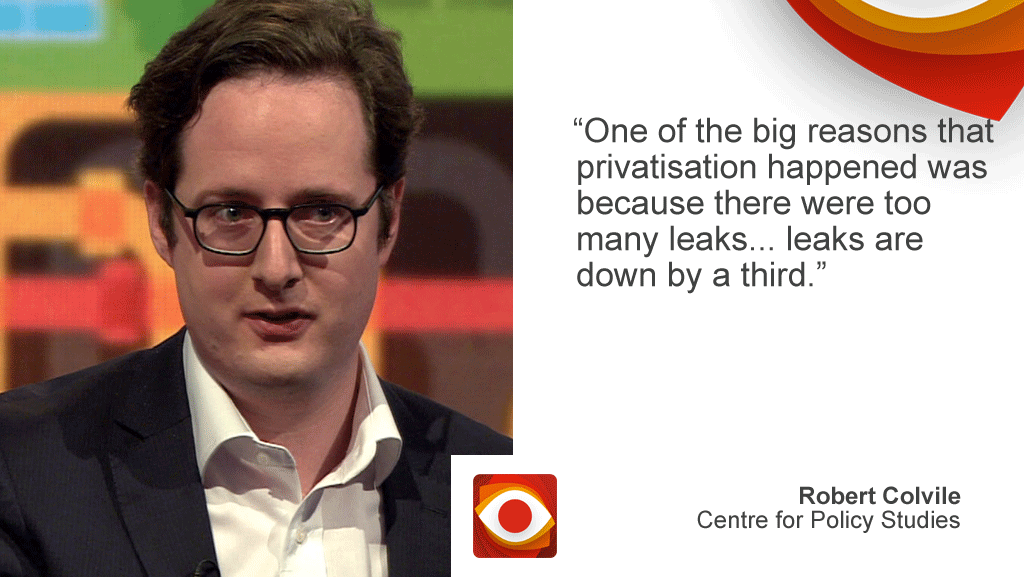
The claim: Leaks in England and Wales are down by a third.
Reality Check verdict: Leakages in England and Wales fell 38% - so more than a third - from their peak in 1994-95 to the current level, with most of the reductions coming in the first six years. The UK is about average in Europe for the amount of water lost in this way.

As the hot weather continues, consumers are being asked to conserve water, even though United Utilities cancelled the hosepipe ban it had been planning to introduce in the north-west of England at the weekend.
There has been much discussion of the amount that the water companies themselves are wasting.
Robert Colvile, from the Centre for Policy Studies, was on Newsnight, championing the privatisation of the water companies on the basis that leaks were down by a third.
The water regulator Ofwat told Reality Check that leakage had peaked at 5,112 million litres per day in England and Wales in 1994-95, which was five years after the industry was privatised in 1989. The regulator also said that 1994-95 was the first year for which reliable leakage figures were available.
The most recent figures are for 2017-18, when leakage was 3,183 million litres per day, so that's a fall of about 38% since peak leak.
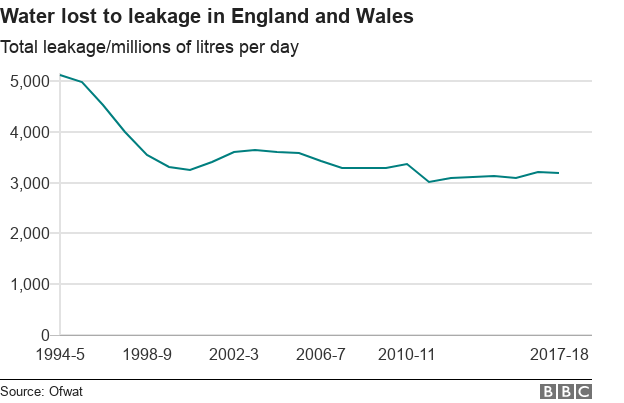
But if you look at the chart, almost all of the fall in leakage had happened by 2000-01, with little reduction since then.
It has been suggested that this may be because the water companies were approaching the point at which it was no longer worth the money it would cost to reduce leaks further.
A report from the National Infrastructure Commission, external said: "Analysis by water companies and Ofwat suggested that it would be cheaper to use more water than to reduce leakage."
However, it pointed out that this ignored the environmental benefits of not wasting water and the fact that leakage made consumers less likely to be prepared to reduce their own consumption. It called on the companies to undertake to reduce leakage by 50% by 2050.
Nine of the 20 water companies in England and Wales missed their leakage targets in 2017-18, with Thames Water the worst offender. The company was fined £120m by the regulator earlier this year for failing to manage leaks adequately.
All of the water companies face penalties or rewards based on their leakage performance as part of their outcome delivery incentives (ODIs) set by the regulator.
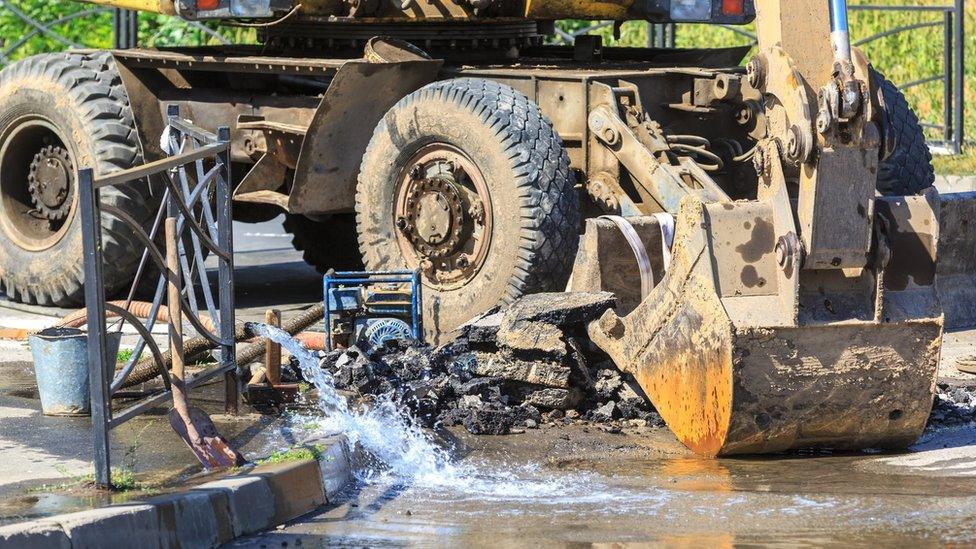
Water UK, which represents water companies, says that since privatisation companies have spent £150bn on improving services overall and continue to invest around £8bn a year, although the figures are not broken down into whether the money has been spent on fixing or preventing leaks.
A National Audit Office report, external in 2015 found that water bills had risen by 40% above inflation since privatisation.
Ofwat does not regulate Scottish Water or Northern Ireland Water, which have their own regulators and are publicly owned.
Scottish Water was set up in 2002, when leakage was at an estimated 1,132 million litres per day. In 2017-18 it was 492 million litres a day, which is a fall of 57% and also below the target it had been set to cut leaks below 500 million litres per day by 2019-20.
Northern Ireland Water's leakage has fallen by 43% since 2001.

In the UK as a whole, about 23% of the water put into the public supply is lost because of leaks. In England and Wales the figure is about 20%.
EurEau, which represents water services providers across Europe, compares figures for these losses, external for 22 European countries.
It turns out that by that measure, the UK is about average.
The organisation also compared the levels of bills, external across Europe. While there are some caveats behind the figures, because the ways that bills are worked out are not straightforward, ranking countries by the size of average bills with the most expensive at the top, the UK comes about a third of the way down the list.



- Published8 July 2018
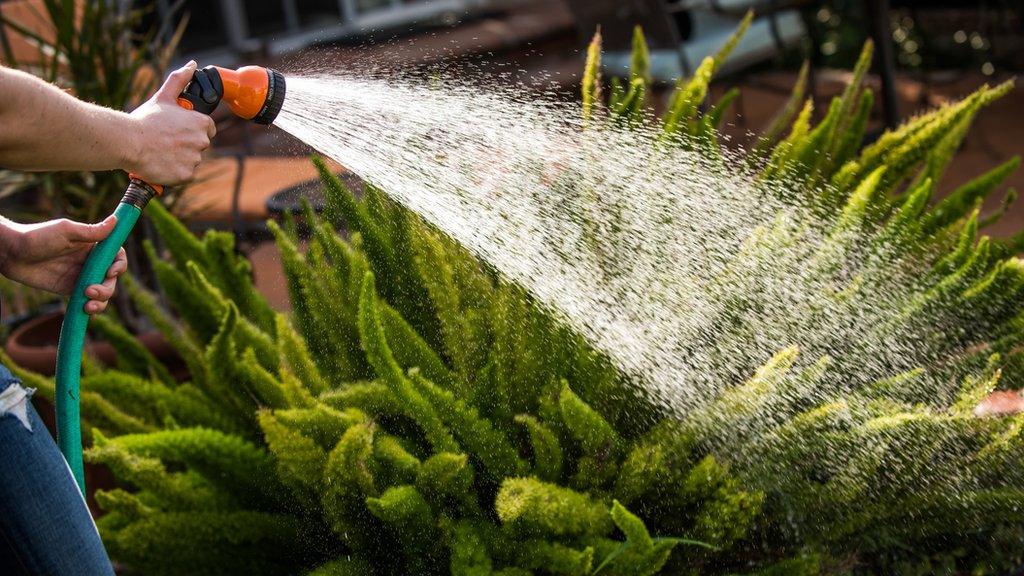
- Published7 June 2018
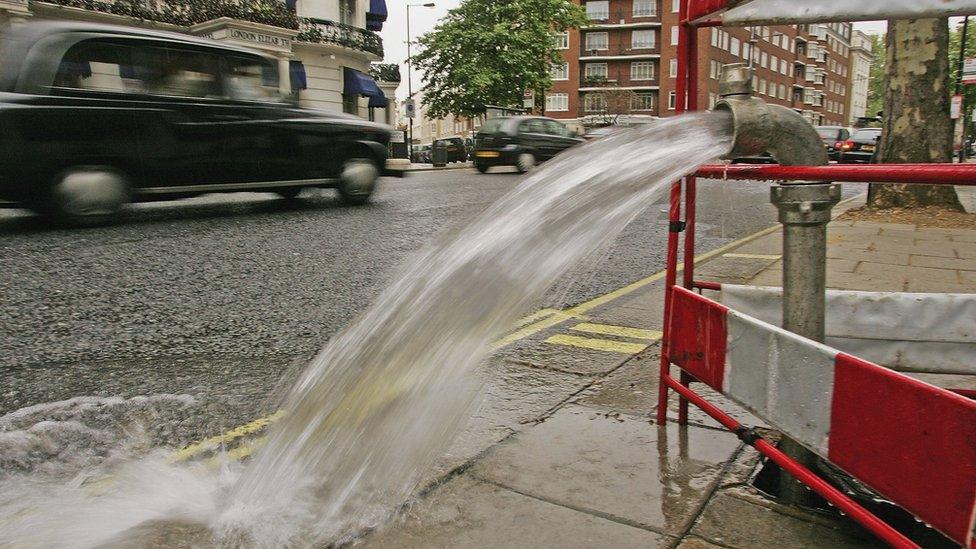
- Published16 May 2017
